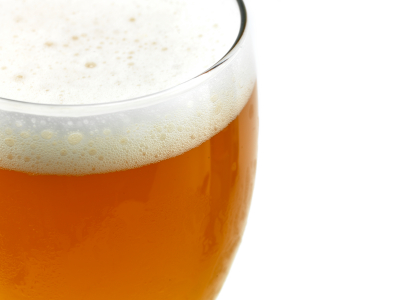DIY Simple Graywater System
/We use
barrels and gutters on various outbuildings at
to trap water for use in irrigation and basic washing stations, like over at the
.
But recently, I acquired a small cottage that has no
solutions to speak of. The only running water comes off the kitchen sink, where I'm of course using natural biodegradable dish soap free of dyes and perfumes. Still, I wanted to filter the nutrients from the water so they didn't end up in the ground—or worse still—the lake the cottage is surrounded by. There's a larger renovation project looming; but for now, I wanted a temporary fix for how I deal with graywater from that kitchen sink.
With a little muscle, the help of the crew at Better Farm, and a lot of Google searches, we came up with a very simple, temporary system that could see a multitude of applications for anyone interested in filtering collected rainwater, or for filtering graywater from a shower or washing machine. Keep in mind that more sophisticated filtration systems are necessary if you plan to drink the water you're filtering; or for brown water like that coming from toilets. Also, remember that having a graywater filtration system doesn't exempt you from needing to be mindful about what you put
into
the drain—specifically, that with so many biodegradable, scent-free options out there, there's really no reason to still be using cleaning products chock-full of chemicals that are harmful to the environment (and more specifically, you).
Because the system I was working with is so small, we used a 5-gallon bucket instead of the recommended 55-gallon drum. You can adjust your needs accordingly. Here's what we did (instructions gleaned, and slightly tweaked, from over at
, with photos from
):
Materials
55-gallon barrel (we used a 5-gallon bucket)
Plastic spigot
Hose clamp
Nylon hose
Sand
Crushed stone
Weed mat
Gravel
Garden hose
Instructions
Install a spigot at the bottom of your barrel using a drill with appropriate-sized bit. Be sure to put a rubber washer between your spigot and barrel to create a good seal.
Pour a 6-inch layer of stone into the container once your spigot is in place. Put a sheet of weed mat or window screen (or other mesh or filter) on top of the stone, cut to fit the circular barrel. Pour in a 10-inch layer of sand on top of the weed mat. Put a 1-inch layer of gravel over top to hold the sand in place. This will be the filtering system of your gray water.
Divert your water. A discharge hose can go directly into your drum with a hose attached to the bottom spigot. You can leave the spigot open with the hose running directly to plants or the ground, or it can go into another barrel for use later in the day. Be sure to use the water as soon as possible, as the bacteria present in the water will multiply quickly, which would make the water unusable on edible plants and foul-smelling.
Here's a more comprehensive, long-term design that utilizes living plants in a soil-box planter that's hooked to your filtration system to further clean the water before it's dispersed for irrigation. We found this design over at
:
The recycled water from your shower filtered through a grey water system that uses plants, microbes, and passive materials like sand and gravel to clean it. The water is then used in the laundry system, and then recycled once more into the garden. In permaculture we call this function stacking; in this case the function we are stacking is share and clever use and re-use of water. The simplicity of the system is delightful. From human to garden to human to garden, as long as the water passes from one to the next in the proper sequence, the theoretical yield of this wonderfully precious water is limitless. We could conceivably design our buildings (i.e. homes) to collect, store, filter, heat and distribute hot water. Our buildings could also house our gardens, baths, kitchens, and laundry systems. All systems that we humans share that require the use of water must be consolidated and streamlined with an eye toward creative re-use and shared access.
For information on recommended biodegradable products suitable for graywater systems,
.
The recycled water from your shower filtered through a grey water system that uses plants, microbes, and passive materials like sand and gravel to clean it. The water is then used in the laundry system, and then recycled once more into the garden. In permaculture we call this function stacking; in this case the function we are stacking is share and clever use and re-use of water. The simplicity of the system is delightful. From human to garden to human to garden, as long as the water passes from one to the next in the proper sequence, the theoretical yield of this wonderfully precious water is limitless. We could conceivably design our buildings (i.e. homes) to collect, store, filter, heat and distribute hot water. Our buildings could also house our gardens, baths, kitchens, and laundry systems. All systems that we humans share that require the use of water must be consolidated and streamlined with an eye towards creative re-use and shared access. - See more at: http://superforest.org/tag/water-recycling/#sthash.PTH3YLg6.dpuf












































































